Registered Point Cloud
Problem We Solve
In 3D scanning, managing data from multiple angles often leads to misalignment issues that affect accuracy and usability. Without proper registration, scans remain uncoordinated, making it difficult to build reliable BIM models and increasing the risk of geometric errors, overlaps, and inconsistencies. GeoBIM Indonesia addresses these challenges with precise and dependable point cloud registration solutions to ensure accurate modeling and analysis.
How Point Cloud Registration Works
The process begins with data acquisition from multiple angles using tools like laser scanners or drones, resulting in separate point clouds with different orientations. These datasets are first cleaned of noise during preprocessing, then roughly aligned using methods such as target-based (physical reference points), feature-based (geometric features), or cloud-to-cloud (pattern matching between scans). After this initial alignment, fine registration is performed to refine the position, rotation, and scale using algorithms. Once fully aligned, the point clouds are merged into a single, integrated 3D dataset—ready for use in BIM modeling, condition documentation, project planning, and advanced analysis.
Key Benefits of Registered Point Cloud
BIM or CAD modeling basis
A complete 3D model from multiple scans is utilized as a modeling basis.
Improved Data Accuracy
Improves spatial accuracy with position, orientation, and scale corrections between point clouds.
Compatible for Various Digitization Needs
Enables point cloud integration into various digital design, simulation, and visualization platforms.
Efficiency of Modeling and Analysis Process
EReduces potential errors due to overlapping or shifting data from different scans.
Point Cloud Registration Flow
Data Collection
Collects point clouds from various scanning positions or angles.
Pre-processing
Cleans noise, organizes orientation, and prepares initial data.
Alignment
Aligns the positions of point clouds using certain methods and algorithms.
Merging
Combines all point clouds into a single spatial model.
Post-processing
Refining the final result by filtering, coloring, or downsampling the data.
